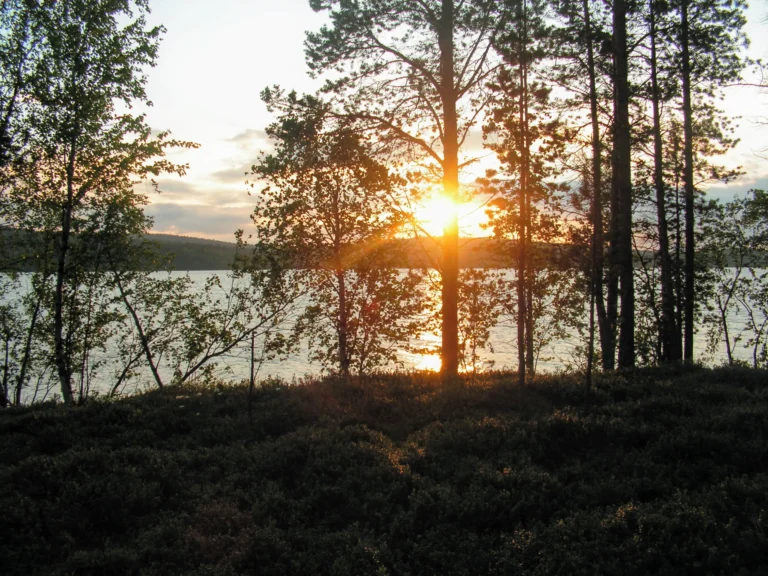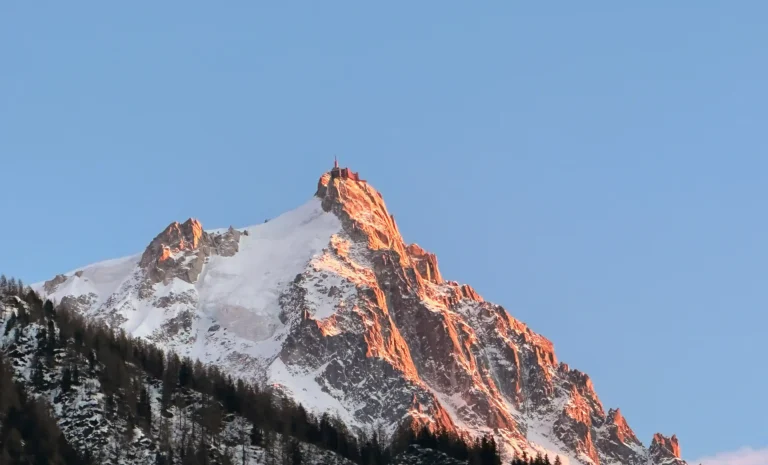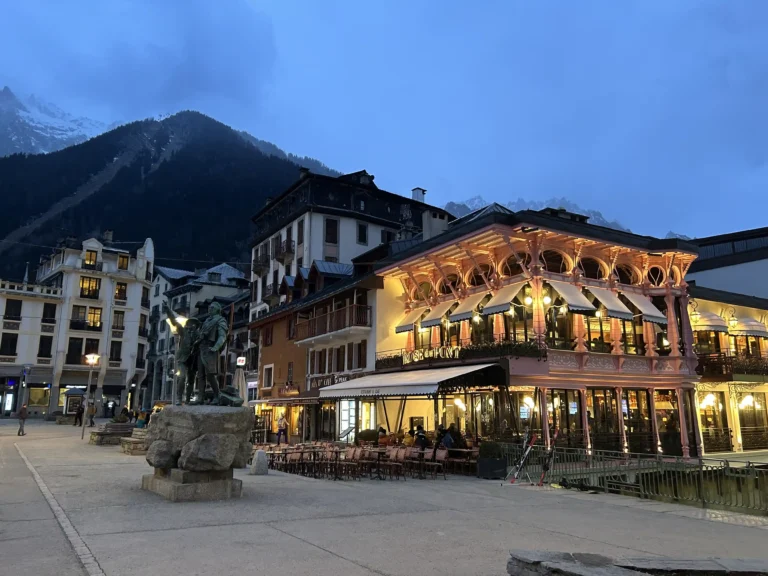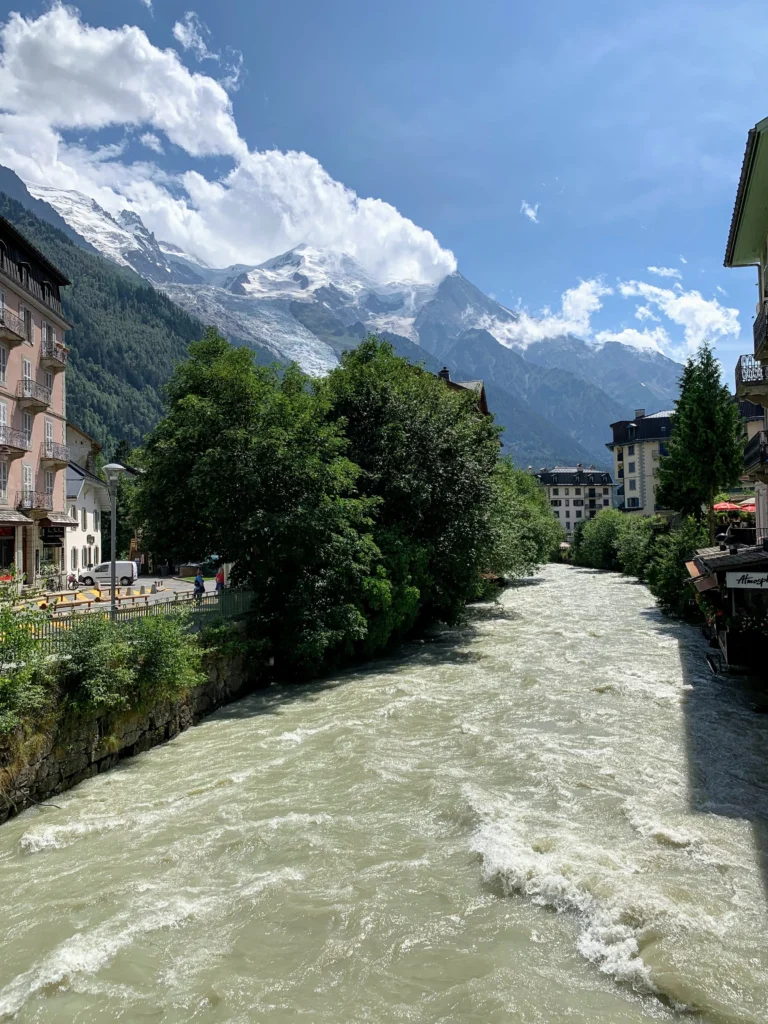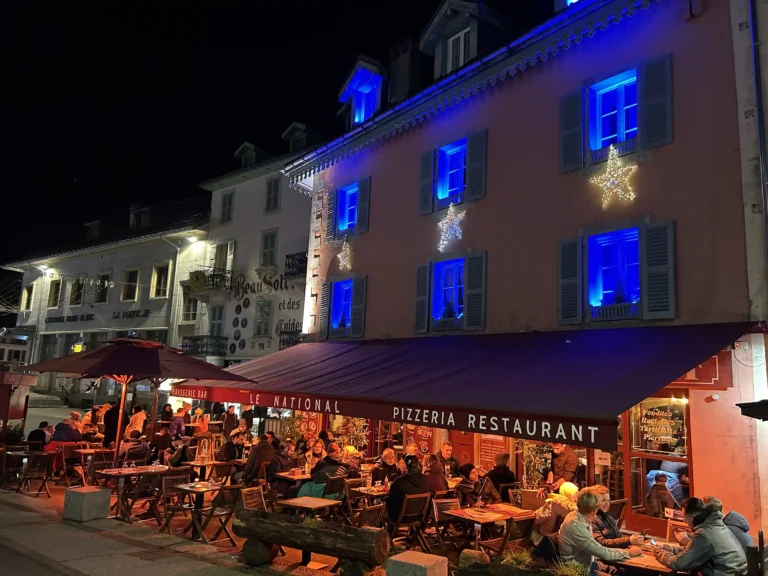Here in Estonia, it just barely gets dark as the sun dips below the horizon in the middle of the night during the summer (end of June or beginning of July). We had short nights but wanted to see the natural midnight sun. So in June 2006, our family (now five of us, two adults and three children) packed up our car and drove about 1200km to Sotkaniemi (near Inari) in Lapland, where, thanks to its higher latitude, you can see the real thing. Getting ahead of things, it can be said that both expectations were fully met.
The midnight sun occurs in latitudes north of the Arctic Circle and south of the Antarctic Circle, where the sun is continuously visible for at least 24 hours once per year. A quarter of Finland’s territory lies above the Arctic Circle, and as a consequence, the midnight sun can be experienced for more and more days the further north one goes. At Finland’s northernmost point, the sun does not set for 73 days during the summer. At Inari, the Arctic Day lasts 60 days—from May 21st to July 22nd. The time when the sun is above the horizon varies from 20 hours at the Arctic Circle and Antarctic Circle to 186 days at the poles. At the poles, the sun only rises once and sets yearly.
We started our trip on the Silja Line ferry from Tallinn to Helsinki. From Helsinki, we continued by car train (Autojuna) to Rovaniemi. We had a passenger car and two cabins for 317 EUR. The train is much more comfortable, although more expensive. From Rovaniemi to Inari, it is about 350km. It is about a 4-5-hour drive. As we also had a 7-month-old baby, we made several stops and arrived at the Sotkaniemi mökki at 5 PM.
As the weather was perfect—temperature +19 and sunny with some clouds- we took the bags inside and then started to prepare ourselves for fishing. We caught some whitefish on the first evening (or maybe this was already night, as the sun was on all day). We salted some of that and cooked some with butter in a pan. It was so delicious. We learned that when cooking with butter, salt should not be added during the cooking but only after. In this case, the fish will be juicier.
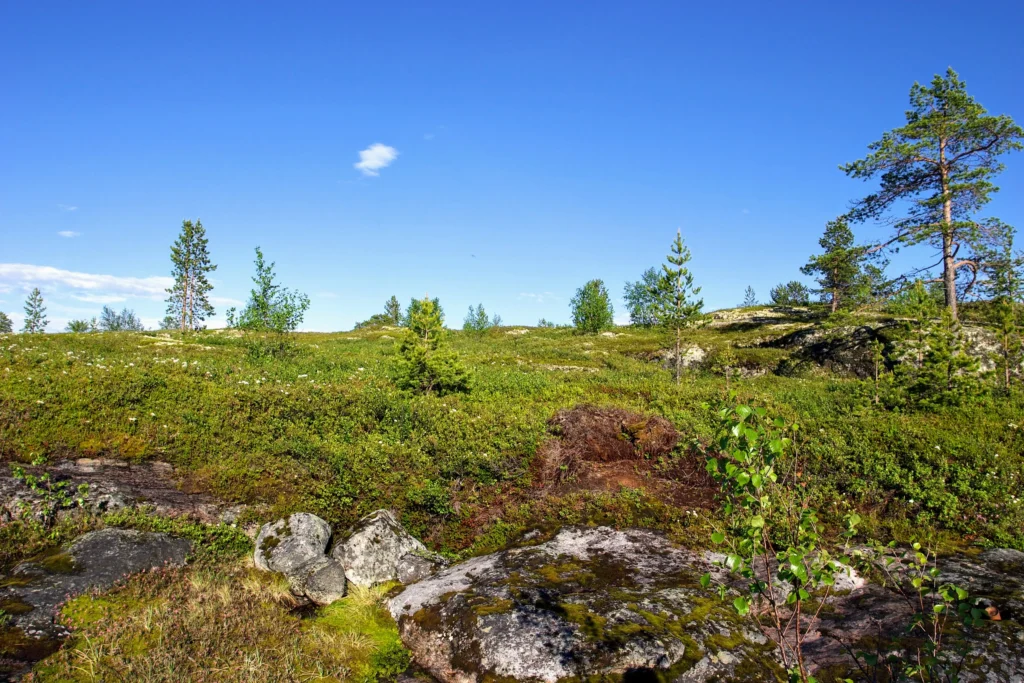
At 10 PM, our baby had already slept, but the sun was still up. At 11 PM, the situation was the same, and even later. The first night was sunny. It is strange that during the daytime, the sun does not go very high; it stays at the same level for almost 24 hours. I would say it just went around the house. In our bedroom, it shone from the window at 3 AM. This was unusual the first night. Also, our preparation was not the best on the first night, so later, we hung up thicker curtains. This is needed because the sun is precisely as bright as during the daytime.
The next few days were not so full of sunshine, but still, the weather was quite good. The strange thing was that the weather could change in an hour three times. During our week’s stay, we saw sun and rain, windy and calm weather, as is characteristic of the North and Lapland.
On the first day, we caught some fish from Lake Paatari. Then luck left us for some days. One day, we did not have fish for two days, and it was pouring. We even took an additional trip to Nordkapp. But luck was again with us on the last fishing day—we caught three pikes and several basses. So we were able to fulfill our fish appetite.
In conclusion, I would say that during Polar Day in Lapland, it is easy to lose the sense of time. As the sun was always up (it only got darker when cloudy), it was difficult to realize whether it was day or night. At the end of the week, we were already used to the fact that the sun was just on the other side of the house during the night.
Related reading:
